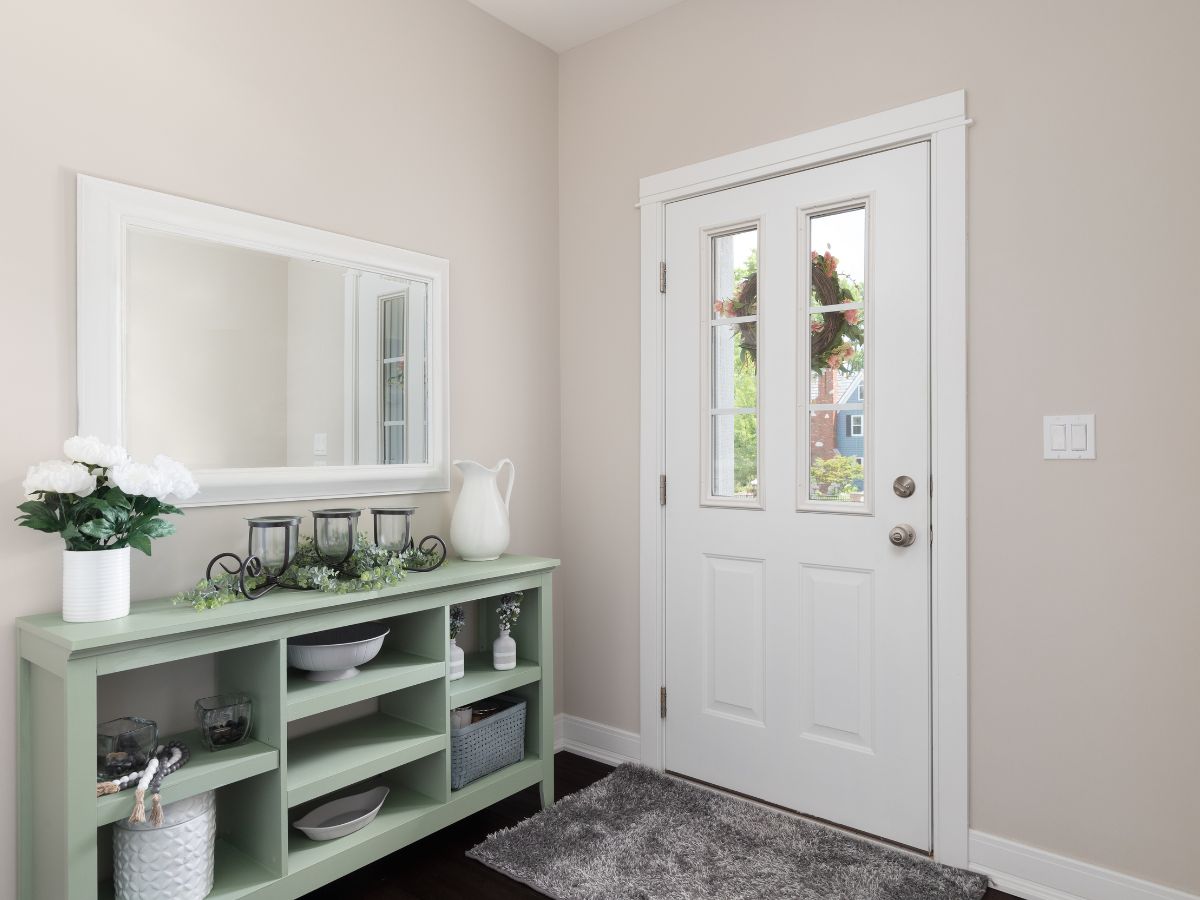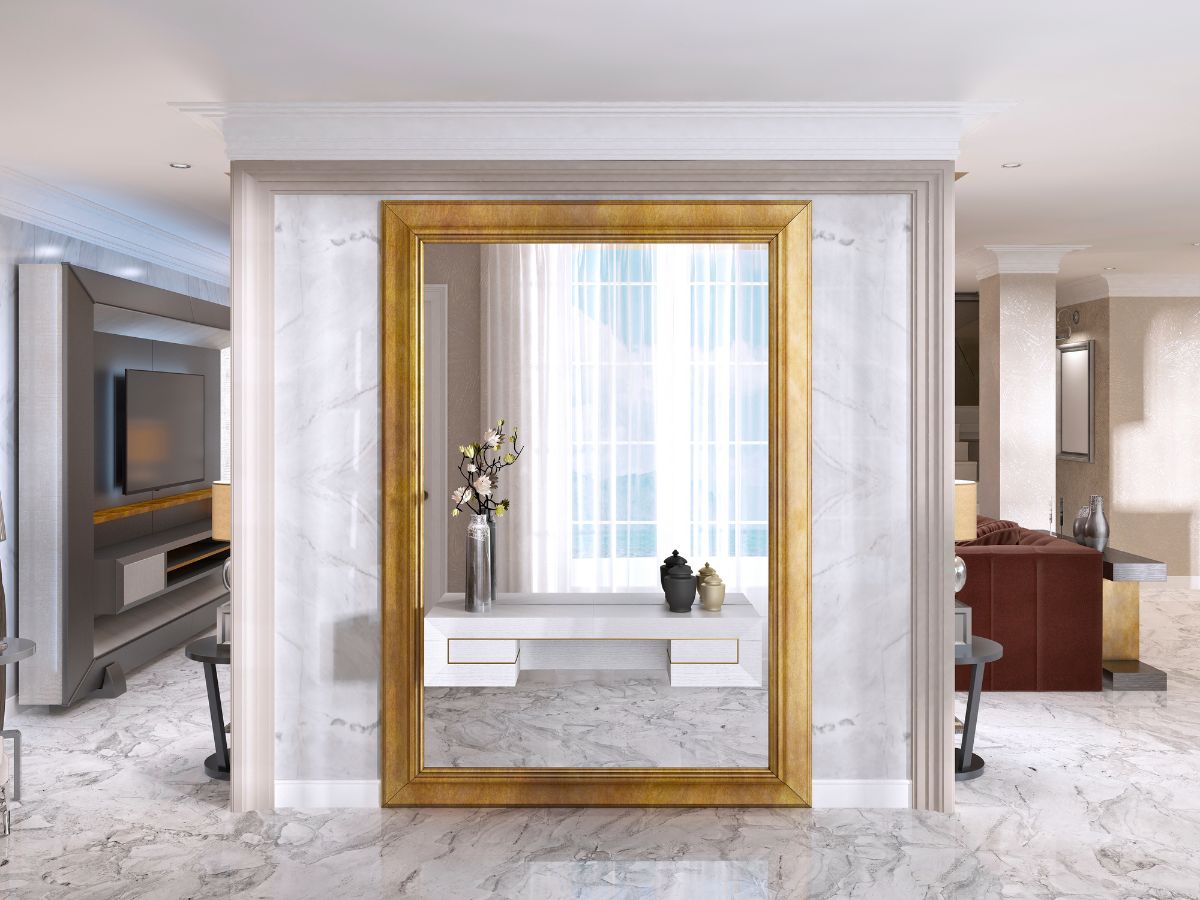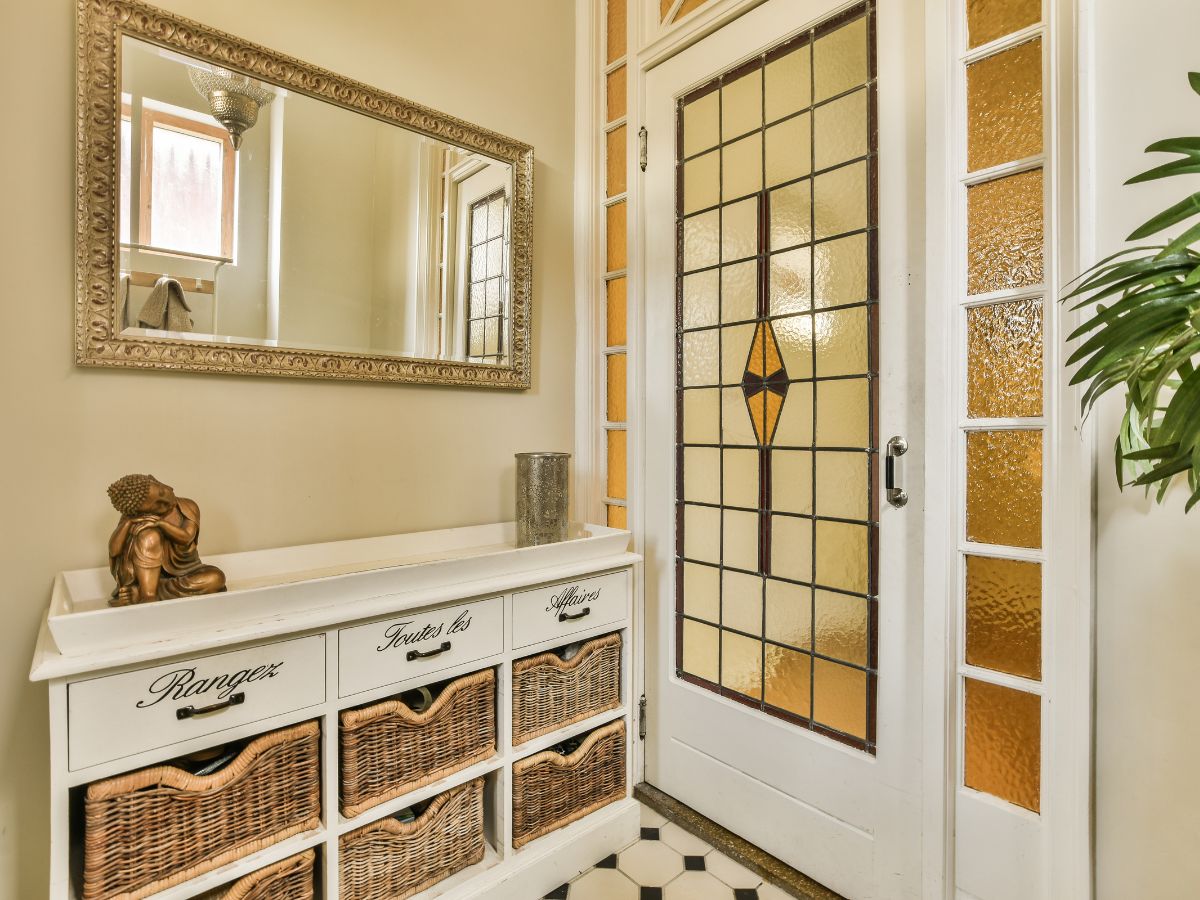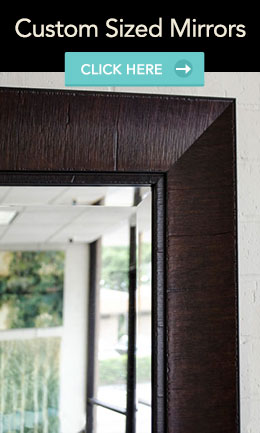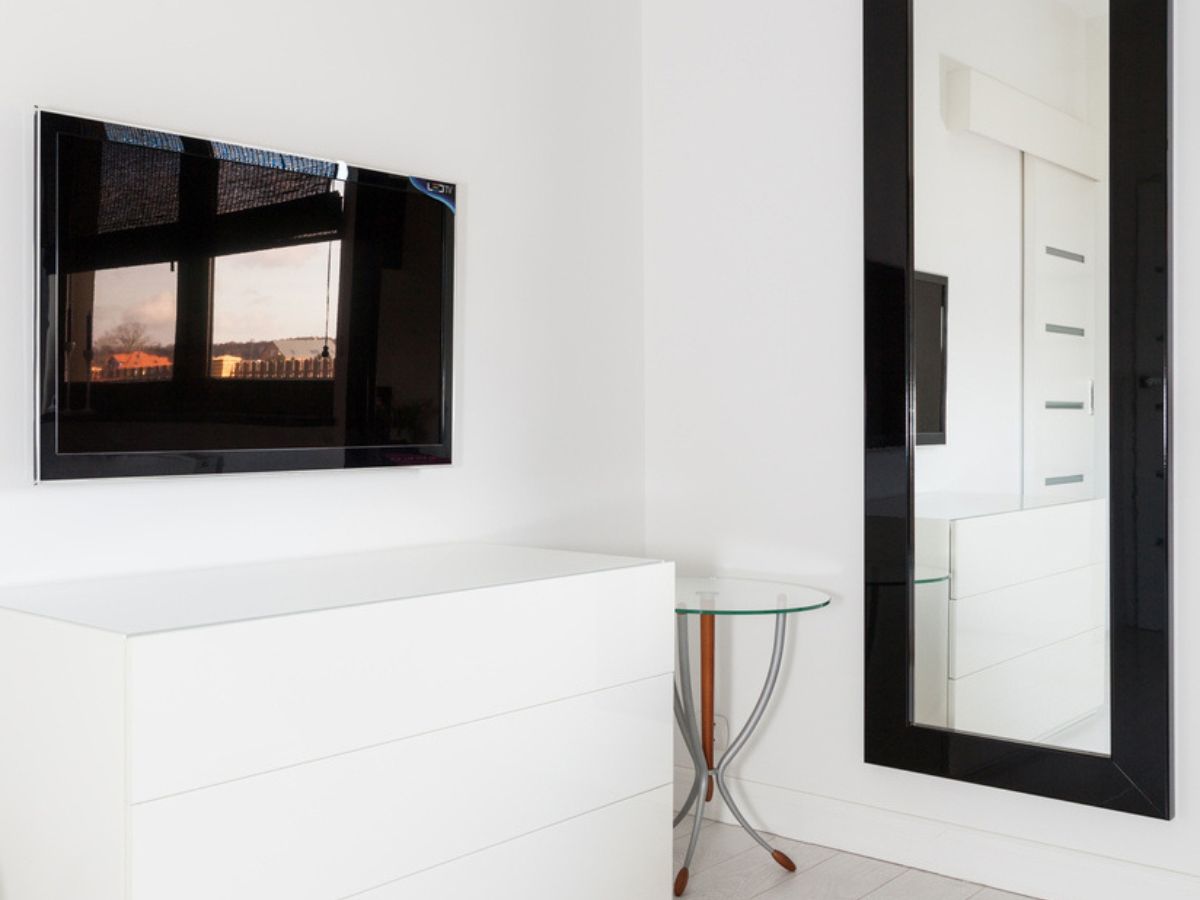
Wall Mirror Design Ideas That Transform Your Home’s Look and Feel
Mirrors have always been a powerful tool in interior design. But used thoughtfully, wall mirrors can transform light, enhance proportions, and reinforce style. Below are practical and inspiring mirror design ideas you can propose, build or specify in your next project.
1. Use Oversized Mirrors to Expand Visual Space
A large mirror can visually double the size of a room by reflecting walls, windows, and furnishings. In narrower rooms such as hallways, dining rooms, small living areas, a well-placed oversized mirror can provide that illusion of openness. This trick has been used by designers to “bounce light around a room and instantly make a space feel larger.”
Tip for professionals: Slide a mirror across full wall height (ceiling to floor) or pair two tall mirrors side by side. Consider minimal frame styles to maximize seamless reflection.
2. Mirror as Artwork
Don’t restrict mirrors to rectangles. Geometric or organic shapes (circles, ovals, polygons, blobs) can turn functional mirrors into focal art pieces. According to interior styling guides, asymmetry and geometry in mirrors add modern flair.
Another approach: layer mirrors over textured wall surfaces, or compose a gallery of mirrors in different sizes and frames. This adds visual interest while preserving reflection.
3. Frame Matters
The frame you choose defines the mirror’s character. A sleek black frame suits contemporary or industrial interiors, while ornate wood or gilded frames echo traditional or Hollywood Regency styles. The Hollywood Regency movement often used mirrored surfaces and bold metallic finishes to heighten drama.
For a boutique remodel, you might even coordinate the mirror frame with other hardware (lighting, cabinet pulls) to create design continuity.
4. Mirrors in Unexpected Places
Beyond bathrooms and living rooms, place mirrors where they solve problems or enhance ambiance:
- Entrance / foyer: A mirror above the console table lets people check themselves before entering or leaving, while reflecting light into adjacent areas.
- Between windows / piers: Use a pier glass (a tall mirror between windows) or trumeau mirror above mantels. These classical mirror types lend symmetry and height to a façade.
- Behind focal decor or shelving: A thin mirror backsplash behind shelving or decor surfaces can intensify the staging and play with depth.
5. Mirror + Light = Magic
Mirrors drastically improve natural and artificial lighting. Placed opposite windows, they reflect daylight deeper into the room. Near lighting fixtures, they amplify glow and make the space feel more luminous. This interplay of mirror and light is a foundational trick in mirror decor guides.
To optimize, lean mirrors slightly or angle them toward windows or light sources. Be intentional: avoid unwanted glare or reflections of clutter.
6. Consider Scaled Proportions & Wall Composition
When specifying mirrors, always relate size to the wall and adjacent furniture. A mirror shouldn’t be too small or float awkwardly. Aim to balance it with nearby pieces. For a console table, leave 4–6 inches of space above for the mirror’s bottom edge; make the mirror width about 2⁄3 to 3⁄4 the width of the table.
In open plan or feature walls, you can scale very large mirrors–covering walls or spanning widths for dramatic effect, but anchor them with molding, paneling, or trim to prevent them from looking imposing or plain.
